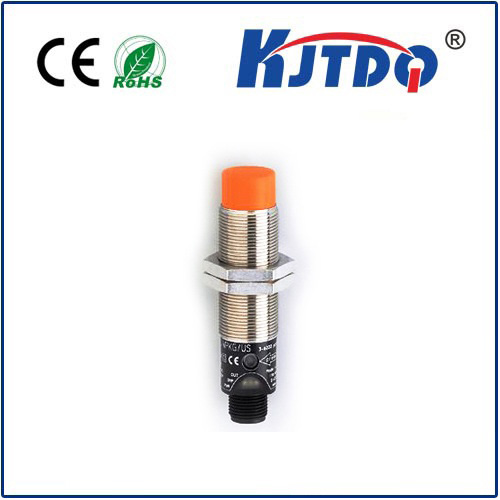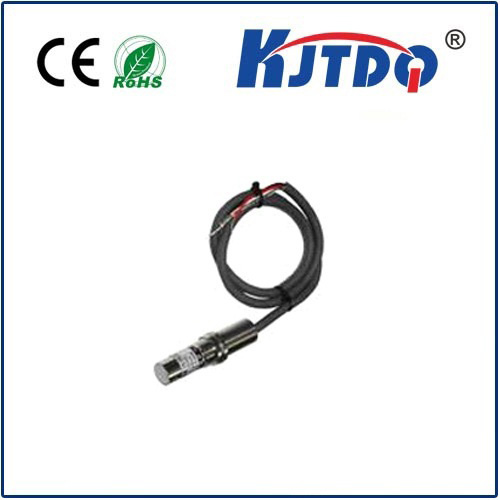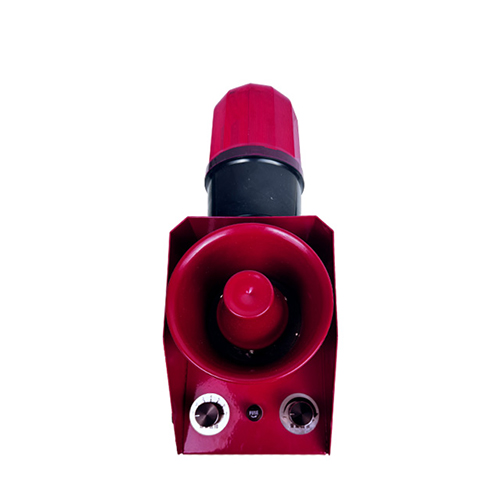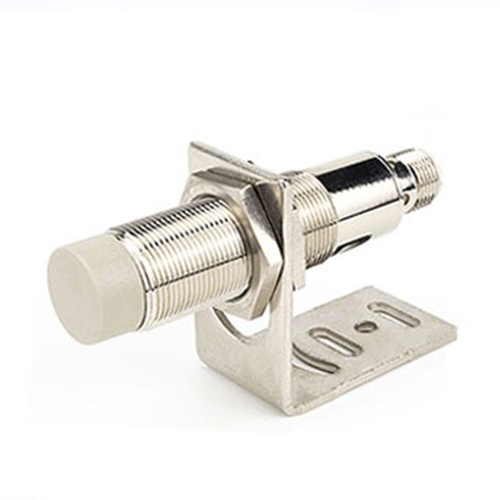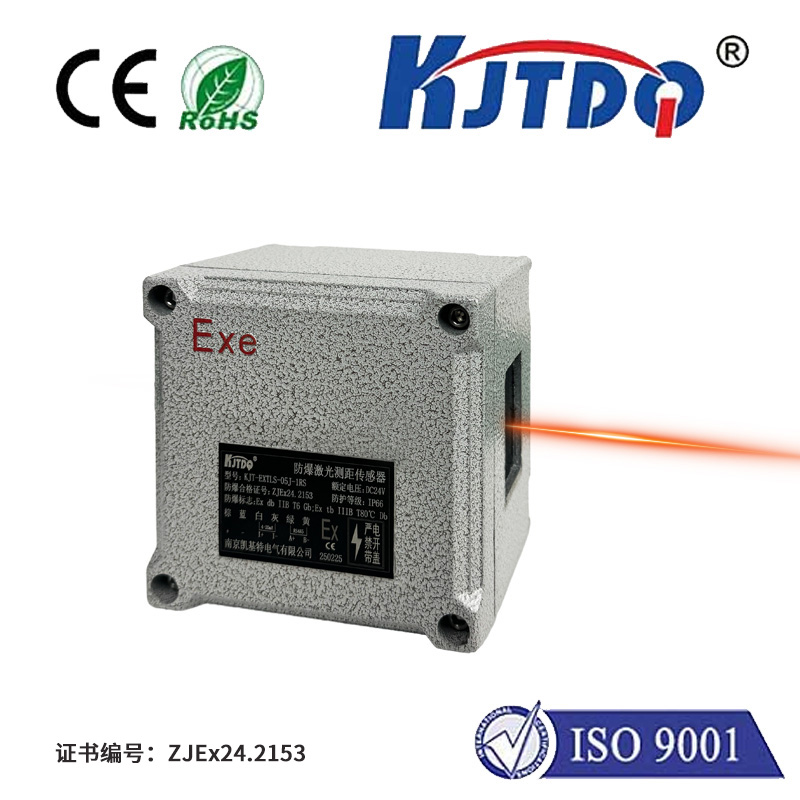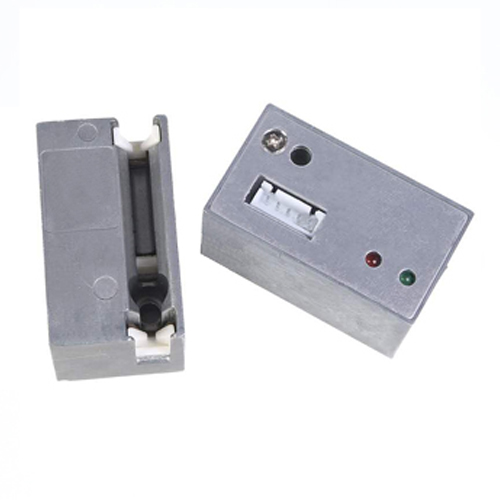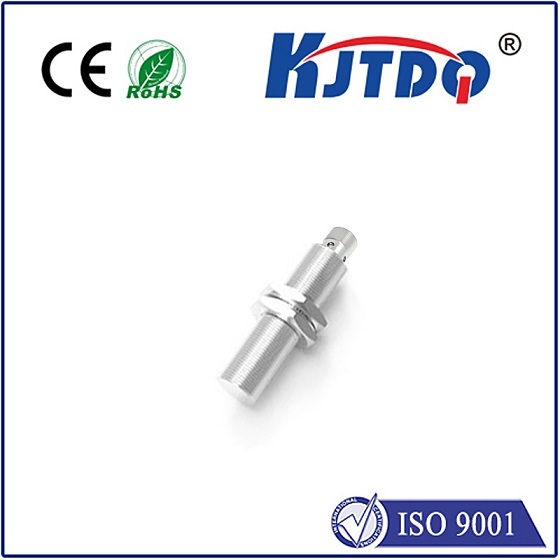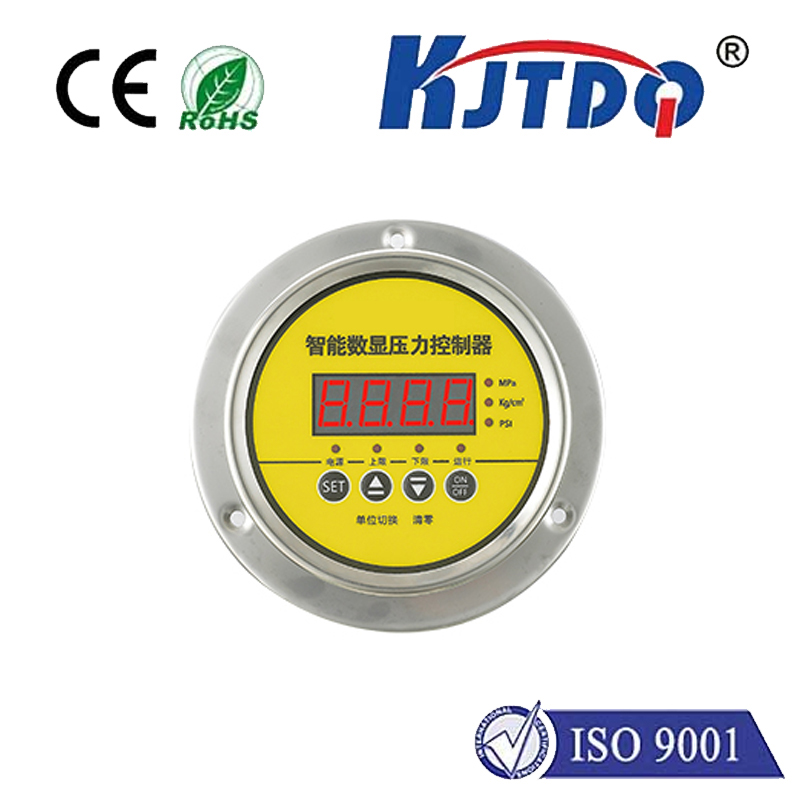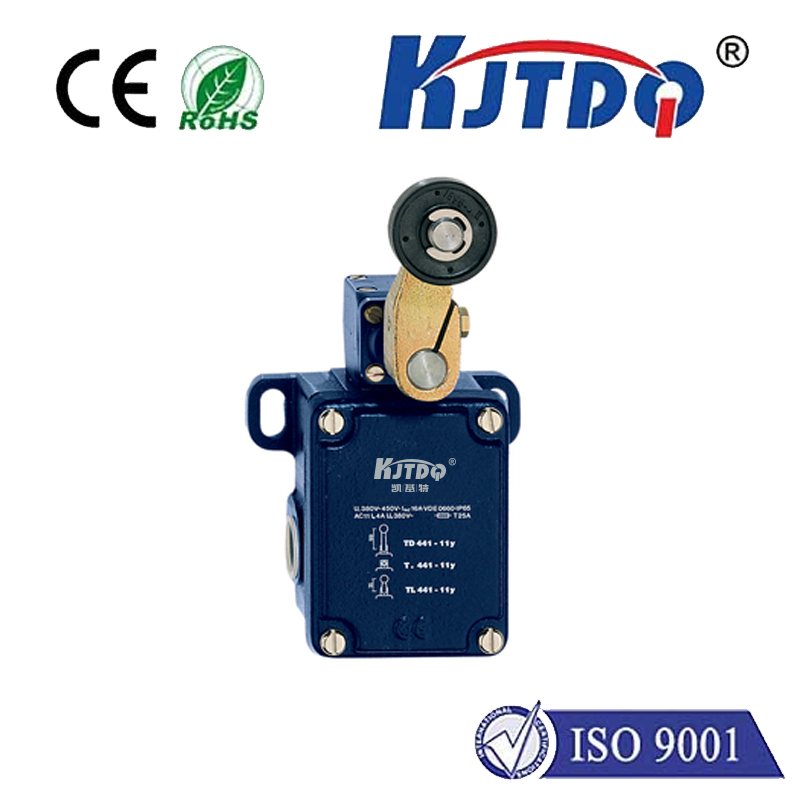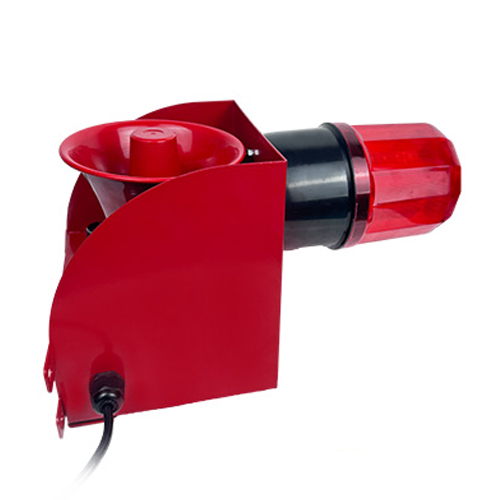banner prox sensor
- time:2025-07-11 02:06:42
- Нажмите:0
Banner Prox Sensors: The Complete Guide to Reliable Object Detection
Imagine a bustling factory floor. Automated arms weld with precision, conveyor belts hum, and robotic carts navigate intricate paths. Suddenly, a critical palletizing station halts. An unregistered cardboard box drifted slightly out of position – an object the system didn’t detect. Downtime ticks by, costing money and disrupting the flow. This scenario highlights the critical importance of dependable object detection, the very domain where Banner prox sensors, specifically their renowned photoelectric sensors, excel as fundamental components. Understanding their operation, types, and applications is crucial for optimizing industrial automation.
Understanding the Heartbeat: How Banner Prox Sensors Work
At their core, many Banner prox sensors are photoelectric sensors. They operate on a simple yet ingenious principle: emitting a beam of light (typically infrared for reliability) and detecting its presence or absence upon returning. When an object enters the sensor’s designated sensing range, it interacts with this light beam:
- Emission: An internal emitter generates a light beam.
- Transmission: The light beam travels towards the target area.
- Interaction: The target object either:
- Reflects the beam back towards the sensor (in diffuse or retro-reflective models).
- Blocks the beam traveling to a separate receiver (in through-beam models).
- Reflects light at an angle (in fixed-field or background suppression diffuse models).
- Reception: A photodetector within the sensor receives the returning light signal (or notes its absence).
- Processing: Internal circuitry evaluates the signal strength or presence.
- Output: Based on the evaluation, the sensor switches its output state (e.g., from OFF to ON, or vice-versa), sending a clear signal to the machine controller about the object’s presence or absence.
This process delivers rapid, non-contact detection essential for countless applications. Banner Engineering’s reputation stems from refining this technology for exceptional reliability, even in challenging industrial environments plagued by dust, vibration, varying light conditions, or moisture, offering consistent object detection performance.

Navigating the Landscape: Key Photoelectric Sensor Types
Banner offers a diverse range of photoelectric sensors under the “prox sensor” umbrella, each designed for specific detection challenges:
- Through-Beam (Opposed Mode):Характеристикиseparate emitter and receiver units. The emitter projects a light beam directly to the receiver. An object breaking the beam triggers detection. This type offers the longest sensing ranges and highest immunity to target color, reflectivity, or surface angle. Ideal for large conveyor gaps or precise positioning tasks where maximum reliability is paramount for object detection.
- Retro-Reflective (Reflex Mode): Combines emitter and receiver in one housing, using a special reflector opposite the sensor. The sensor detects its own beam bouncing back from the reflector. An object blocking the beam path triggers detection. Easier alignment than through-beam for medium ranges, often incorporating features to ignore shiny objects. A versatile workhorse for many applications demanding reliable presence sensing.
- Diffuse (Proximity Mode): The emitter and receiver are co-located in one unit. The sensor detects light reflected directly off the target object. This offers simple, single-unit installation. However, sensing range is generally shorter than other types and performance can be influenced by the target’s color and reflectivity. Perfect for close-range tasks like detecting objects on a conveyor near the sensor or monitoring part presence in a fixture.
- Background Suppression (BGS) / Fixed Field: Advanced diffuse sensors using triangulation or time-of-flight principles. They can discriminate the target based on its distance, effectively ignoring objects (the background) beyond a set sensing range. Essential for detecting objects against distant or highly reflective backgrounds, like finding a dark box on a shiny stainless steel conveyor.
Choosing the Right Champion: Key Selection Factors
Selecting the optimal Banner prox sensor requires careful consideration:
- Sensing Range: How far away does the object need to be reliably detected? Match this to the sensor’s specified operating range.
- Target Characteristics: What is the object made of? What color and surface finish (shiny, matte)? How small is it? This influences which sensor type and technology (e.g., BGS for dark objects, through-beam for small items) will work best.
- Environmental Conditions: Will the sensor face dust, dirt, moisture, oil, temperature extremes, or vibration? Choose a sensor with the appropriate IP (Ingress Protection) rating and environmental specifications for reliable operation. Banner sensors are renowned for ruggedness.
- Required Output Type: Does your application need a simple switch (NPN/PNP), an analog signal proportional to distance, or a digital IO-Link output for richer data and diagnostics? Banner offers a wide array of output configurations.
- Mounting and Physical Constraints: Space limitations? Need flexible mounting options? Consider the sensor’s physical size, shape (cylindrical, rectangular), and available mounting accessories.
- Background Conditions (Crucial for Diffuse/BGS): What is behind or around the target? Is it reflective, dark, close, or distant? This is vital for selecting background suppression capability and setting it correctly.
Driving Efficiency: Core Applications in Automation
Banner prox sensors are ubiquitous in industrial automation, underpinning efficiency and safety:
- Object Presence/Absence: The fundamental task – confirming if an item is on a conveyor, in a fixture, or at a specific point. Vital for verifying part placement before subsequent operations, ensuring smooth assembly line flow.
- Part Counting: Accurately tallying items passing a detection point, essential for production tracking and inventory management. Reliable object detection is key to accurate counts.
- Position Verification: Ensuring components are correctly oriented, lifted to the right height, or seated properly before the next stage. A critical checkpoint for quality control and preventing machine damage.
- End-of-Travel Detection: Confirming when a machine component (cylinder, slide, door) has reached its limit position. This feedback ensures safe and controlled machine sequences.
- Web Break Detection: Monitoring continuous materials like paper, film, or foil for tears or breaks. Immediate detection minimizes waste and potential damage to equipment.
- Bin Level Sensing: Detecting the fill level of bulk materials or parts in containers, triggering refill alerts. Banner offers specialized sensors for these often dusty or challenging applications.
- Jam Detection: Identifying backups on conveyors or in chutes, enabling quick intervention to clear blockages and prevent damage.
- Safety Light Curtain Interface: Providing machine safeguarding by detecting personnel presence before hazardous motion occurs, integrating seamlessly with safety systems.
From the precise positioning of tiny components on an electronic assembly line to detecting massive pallets in a high-bay warehouse, Banner prox sensors, particularly their diverse and robust photoelectric portfolio, provide the fundamental “eyes” of automation. By mastering the principles of their operation, understanding the distinct advantages of different types, and carefully matching the sensor to the specific application requirements, engineers and technicians can unlock significant gains in reliability, efficiency, and overall productivity. Choosing the right Banner sensor translates directly to fewer unplanned stops, optimized processes, and a smoother-running operation where objects are consistently and accurately detected, keeping the heart of industry beating strongly.

